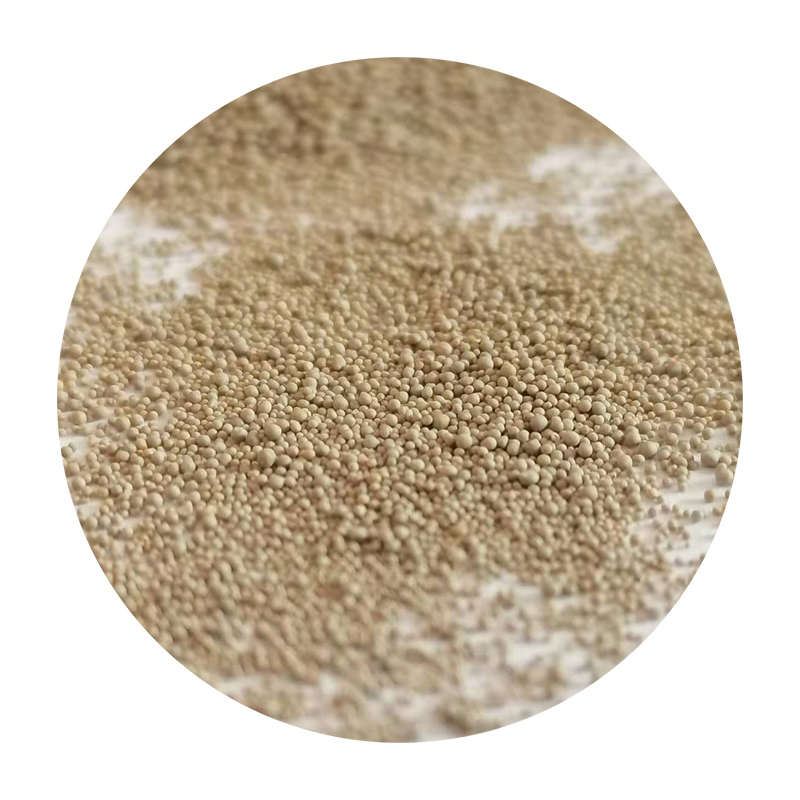

Experience plays a vital role in the sand casting process. Skilled technicians, with years of practice, can anticipate and mitigate potential challenges, understanding how temperature variance, mold integrity, and sand grain size can influence the final product. This deep reservoir of knowledge ensures that each casting is crafted to perfection, mitigating risks associated with defects like porosity or cracking. Furthermore, advancements in technology have bolstered the sand casting process, enhancing its trustworthiness. The integration of computer-aided design (CAD) and 3D printing has revolutionized mold creation, leading to enhanced accuracy and repeatability. These technological strides reduce human error, offering greater consistency and higher quality outcomes, assuring consumers of the reliability of sand cast products. Environmentally, sand casting is relatively sustainable. Used sand can be recycled and reconditioned, significantly reducing environmental impact. The process also supports an array of metal alloys, facilitating the production of recyclable products without additional processing, aligning with global sustainability goals. In summation, the sand cast process epitomizes a blend of tradition and innovation, upheld by a foundation of expertise, authority, and trustworthiness. For consumers and industries seeking products that require structural integrity and design flexibility, sand casting remains a tried-and-true method. This method's enduring relevance and adaptability in a rapidly evolving technological landscape speaks volumes about its efficacy and reliability. By continually evolving and integrating with modern advancements, sand casting maintains its prestigious role in manufacturing, ensuring the production of high-caliber parts for a plethora of applications. Post time:lut . 14, 2025 09:16
Next:steel sand casting foundry
